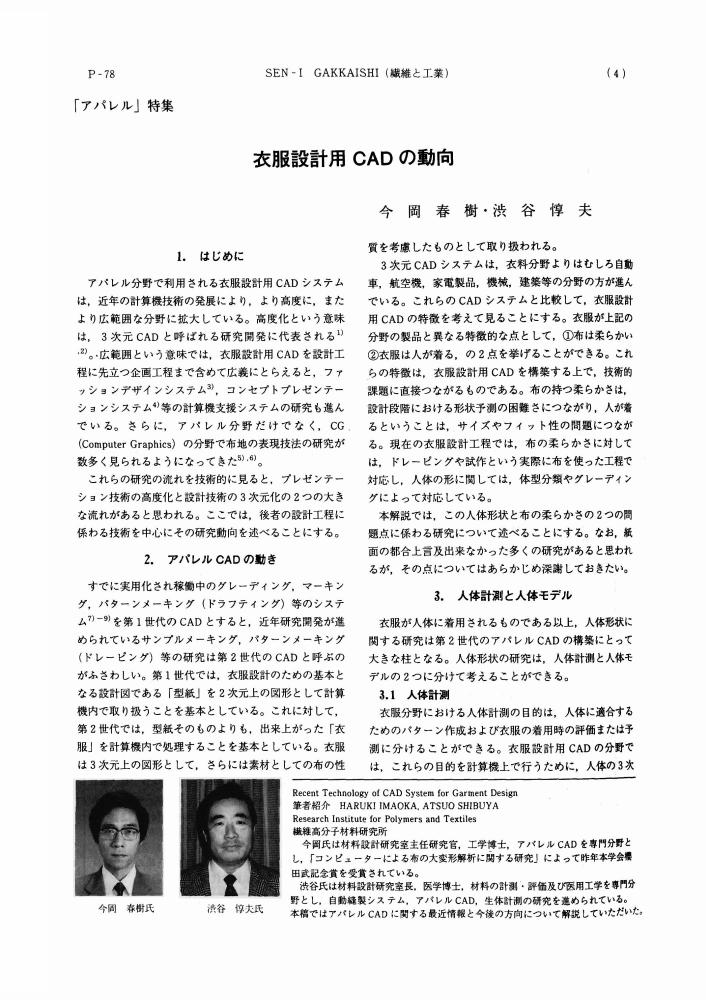3 0 0 0 OA 枕の高さ変化が呼吸機能に及ぼす影響
- 著者
- 棚橋 ひとみ 渋谷 惇夫 長 澄人 工藤 翔二
- 出版者
- 日本生理人類学会
- 雑誌
- 日本生理人類学会誌 (ISSN:13423215)
- 巻号頁・発行日
- vol.4, no.1, pp.35-40, 1999-02-25 (Released:2017-07-28)
- 参考文献数
- 17
- 被引用文献数
- 1
In this study, we examined how the height of the pillow on which a person's head rests affects the respiratory function. We measured tidal volume (TV), vital capacity(VC), expiratory reserve volume (ERV), forced expiratory volume in the first second (FEV_<1.0>), percentage of forced expiratory volume in the first second (FEV_<1.0>%), obstructive index (OI), and angle of the cervical region under the conditions of various pillow heights (3cm, 7cm, 11cm), pillow materials (urethane, buckwheat chaff feather), and postures (sitting position, supine position). The high pillow decreased VC, ERV and FEV_<l.0>, while increased OI. The subjects complained of a choking sensation in each of the experiments. The angle of the cervical region increased in direct proportion to the height of pillow and a choking sensation.
2 0 0 0 OA 繊維製品のCAD/CAM技術の現状と展望
- 著者
- 太田 健一 渋谷 惇夫 今岡 春樹 清水 義雄
- 出版者
- The Society of Fiber Science and Technology, Japan
- 雑誌
- 繊維学会誌 (ISSN:00379875)
- 巻号頁・発行日
- vol.50, no.9, pp.P510-P523, 1994-09-10 (Released:2008-11-28)
- 参考文献数
- 34
- 被引用文献数
- 2 3
1 0 0 0 OA 衣服設計用CADの動向
- 著者
- 今岡 春樹 渋谷 惇夫
- 出版者
- The Society of Fiber Science and Technology, Japan
- 雑誌
- 繊維学会誌 (ISSN:00379875)
- 巻号頁・発行日
- vol.46, no.3, pp.P78-P83, 1990-03-10 (Released:2008-11-28)
- 参考文献数
- 37
1 0 0 0 OA 21世紀に向けてのアパレル設計
- 著者
- 渋谷 惇夫
- 出版者
- The Society of Fiber Science and Technology, Japan
- 雑誌
- 繊維学会誌 (ISSN:00379875)
- 巻号頁・発行日
- vol.48, no.6, pp.P342-P348, 1992-06-10 (Released:2008-11-28)
- 参考文献数
- 16
1 0 0 0 OA 衣服立体形状予測法
- 著者
- 今岡 春樹 岡部 秀彦 富羽 高子 山田 正紘 赤見 仁 渋谷 惇夫 相坂 登
- 出版者
- The Society of Fiber Science and Technology, Japan
- 雑誌
- 繊維学会誌 (ISSN:00379875)
- 巻号頁・発行日
- vol.45, no.10, pp.420-426, 1989-10-10 (Released:2008-11-28)
- 参考文献数
- 8
- 被引用文献数
- 10 14
We developed a three-dimensional apparel CAD system which simulated sample making and draping processes. In this paper, we explain the sample making system. Using this system, we can predict the shape of garment without actually making and fitting it. The basic idea for the system is that the natural shapes of garments are determined by four main factors, namely, mechanical properties of material fabrics, geometrical and topological shapes of paper patterns, shape of the human body and the way of dressing. The predicted shape of a garment changes according to these four factors. For example, there is some difference between the same pattern worn by different persons. Here we focus on the mechanical formulation of paper patterns and garments. To formulate them, we use the finite difference energy method which is one of the finite element discretization procedures. In terms of structure analysis, to predict the shape of garments is a large deformation and contact problem. To solve the large deformation problem, total Lagrangian formulation is employed in which 2nd Piola-Kirchhoff stress and Green-Lagrange strain are used. As for the contact problem, the existence of the human body is interpreted as a constraint condition. So, we describe the formulation of body surface. Finally we give some examples to show that this system is applicable to a wide range of garments.


